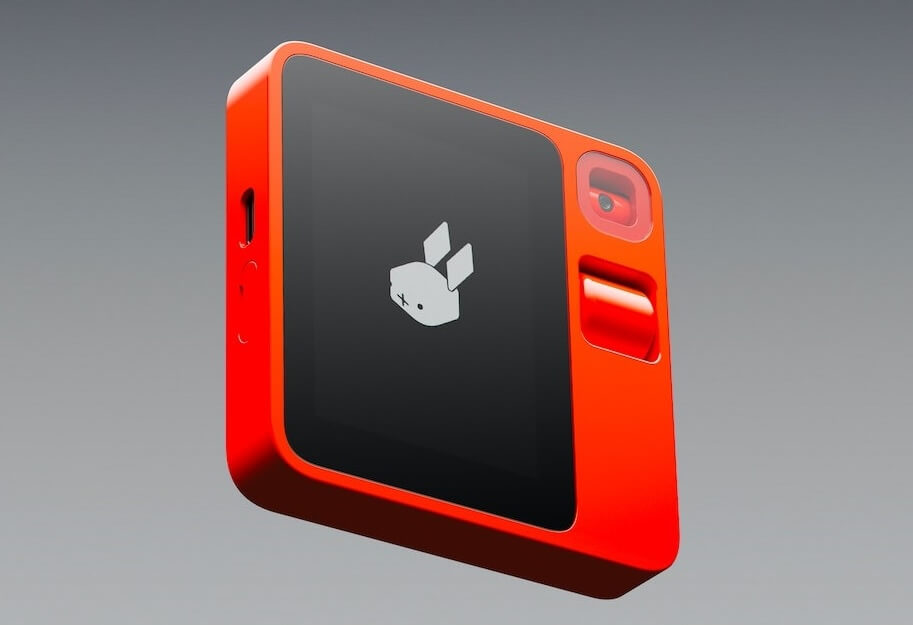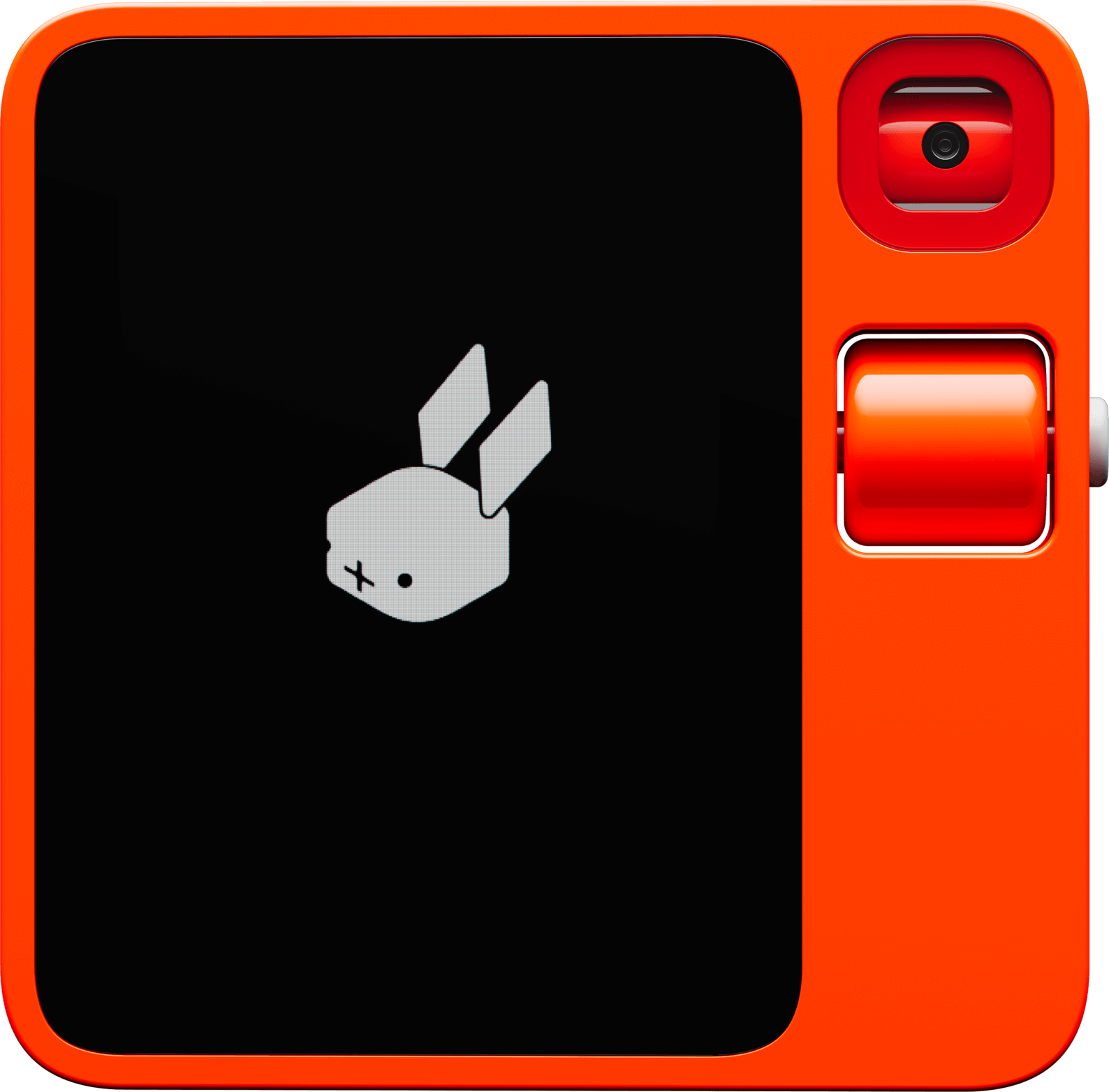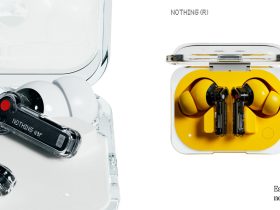Remember when a phone was a phone? Then it became a phone and word processor, then a camera, then a calculator, then a map, then a TV, then a… well you get the point. That smartphone in your pocket is now an everything device capable of entertaining you through social media, informing you through news sites, playing music through various music apps. For many, the lost simplicity of making a phone call has been replaced with an overwhelming device that’s pretty much capable of anything. Android users have access to 3.55 million apps while Apple users can access 1.6 million apps. Indeed, there is an app for everything, as the saying goes.

According to stats accumulated by Cross River Therapy, 47% of Americans are addicted to their phone and check their screen every 12 minutes. Teenagers on average check their screen every five minutes and spend an average of nine hours every day on their phones.
The average number of times people look at their phone is 150 each day. You can read more eye-popping statistics from Cross River here.
Add these stats with that from a recent Gallup survey that says fewer than half of Americans are not very satisfied with their lives, and you may find a colouration that the speed of information and our reliance on our phones might be making us miserable. There are 43 million results when searching Google for a digital detox and more and more hotel resorts are catering to guests who want a tech-free vacation.
While a week away from your phone, just like a month without alcohol, may make you feel renewed, tech and your reliance on your phone is probably not going away. So, what if there was a device that allows you to interact with your phone and use it for everyday tasks but without you having to physically pick up your phone to perform those tasks? Would you use such a tool?

That may be the catalyst for a Santa Monica-based tech start-up called Rabbit that debuted the r1, a personal AI device about the size of a pack of Post-it Notes that operates multiple apps on the user’s behalf to get things done. Christine Persaud included the Rabbit r1 in her list of most talked about releases at CES 2024.

The Rabbit r1 uses OpenAI GPT-4, yup, just another example of artificial intelligence being everywhere, to understand a user’s spoken request. The Large Language Model or LLM is used to understand what the user is requesting and works in tandem with proprietary AI software called Large Action Model that’s used to operate an app on your behalf. So, let’s say you need an Uber. The old dinosaur way of getting an Uber would be to open your phone, open the Uber app, key in a location, and click confirm. With Rabbit r1, you’d just say “get me an Uber to home” and the LAM software does the rest. How about “order me Peter Attai’s latest book on Amazon,” or “play me some chill music.” Where Rabbit could become a game-changer is that it has broken the code on how to talk to multiple apps that don’t like to talk to each other.
The obvious criticism for Rabbit’s r1 virtual assistant is that there are multiple alternative virtual assistants that can do similar tasks like Siri, Alexa, and Google Assistant. But Rabbit is really the first virtual assistant that encourages less hand time with your phone than more, and is operating system agnostic.

Whether this is a novelty or game changer is too early to tell. The company announced on January 10th that it sold 10,000 units on its first day of pre-orders and those units will be entering the market later this month.
It’s not a phone, it’s not a camera, and it doesn’t actually run apps, but it connects to your apps. Rabbit has a retro look and as the owner of the company has said, think of it like handing your phone to someone else to do things for you. Like I said, too early to say if Rabbit will be embraced by the 2.6 billion smartphone users, but anything that works to keep phones off the table and out of your hands is a step in the right direction.









